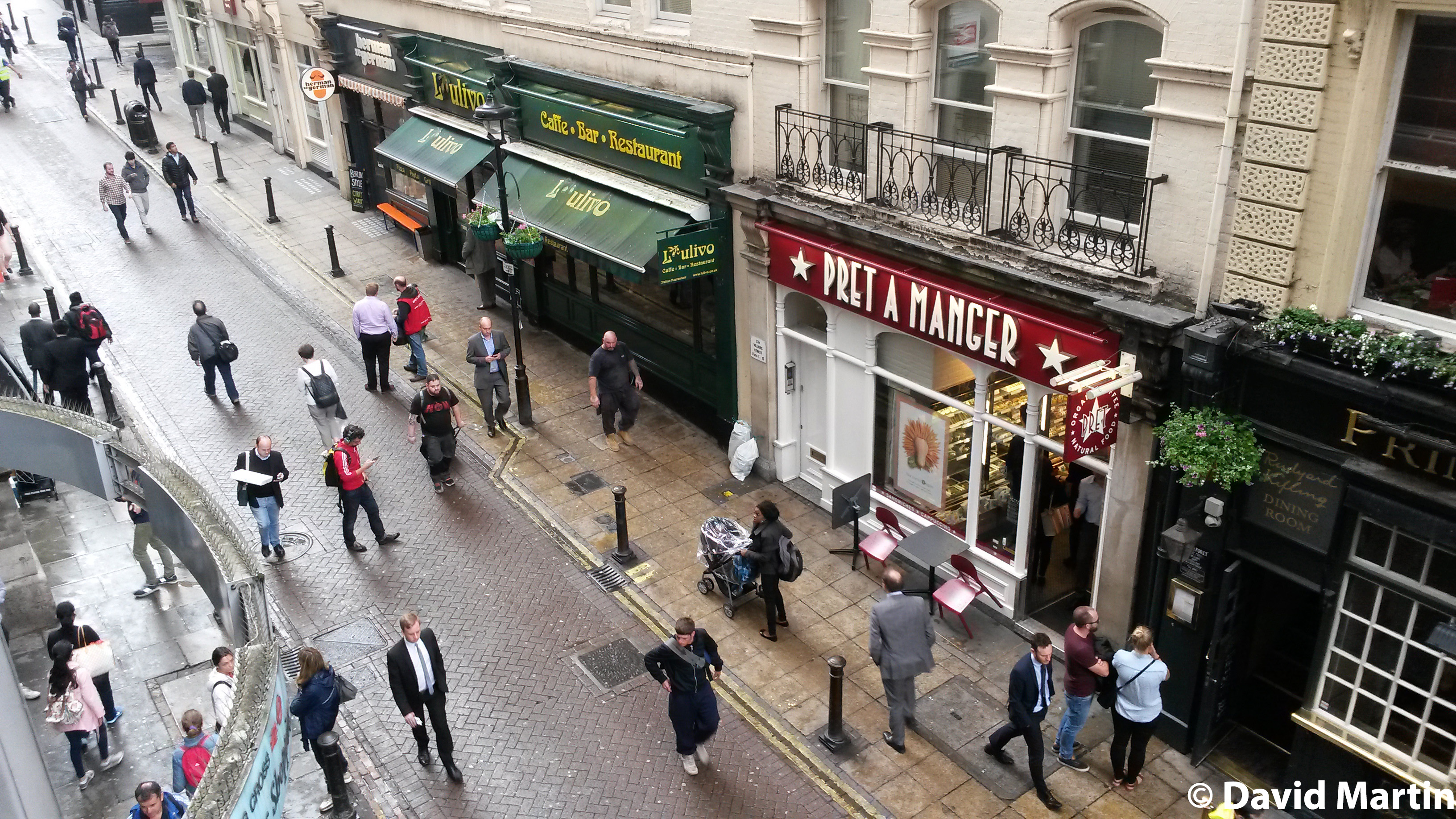
Pop247NRT
About

Decision-making and policy formulation in sectors such as health, emergency/crisis response and national security, require accurate dynamic information on the number of people in specific places at specific times of the day, week, season or year. Traditional census data do not provide this level of detail but are often used for such policy and planning purposes.

The ESRC-funded “Population24/7” programme of research (Martin et al, 2015; ES/G031304/1; http://pop247.geodata.soton.ac.uk/) previously developed a framework, methodology and software tool (SurfaceBuilder247) for producing time-specific population estimates for small geographical areas. The Population24/7 methods have since been applied by PhD researchers in radiation (Alexis-Martin, 2017) and flooding (Smith et al, 2015; 2016) risk assessments in the UK, and in natural hazard exposure assessment in Italy (Renner et al, 2018). These applications primarily involved the integration of open administrative data for activities such as place of residence, work, education and health. Now, new and emerging forms of data, such as sensor and API data, and various previously unavailable commercial datasets, provide exciting opportunities to enhance these population estimates. Such new and emerging datasets are useful because they potentially provide information about population activity in sectors such as retail, leisure and transport, which are traditionally difficult to model due to their dynamic and unpredictable nature.
The "Pop247NRT" (Population24/7 Near Real-Time) project is an ESRC-funded New and Emerging Forms of Data Policy Demonstrator Project (award ES/P010768/1), which significantly extends the Population24/7 methods and applications. A collaborative project between the University of Southampton, Public Health England (PHE), the Health and Safety Executive (HSE) and the Defence Science and Technology Laboratory (Dstl), this genuinely co-designed and co-delivered project combines new research on how to extract, integrate and calibrate new, emerging and existing data sources (such as sensor or API data), with case studies which explore how the resultant spatiotemporal population estimates can change practices and inform policy within the partners’ organisations. A high-level stakeholder workshop planned for the end of the project focuses both on raising awareness of the Population24/7 methods and on identifying key opportunities and barriers to implementing the methods within and beyond the partners’ organisations and sectors.

